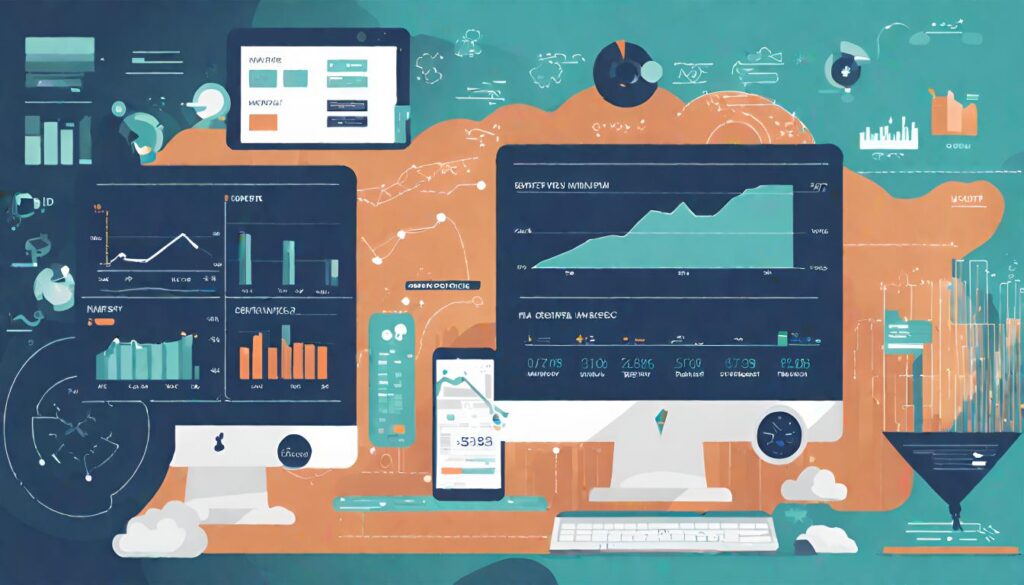Your Ultimate Guide to Crafting a Winning Sales Playbook

Article Highlights
In the fast-paced world of sales, consistency and clarity are essential. A sales playbook acts as your team’s north star, offering clear guidance on approaching prospects, closing deals, and leveraging technologies. Ready to create one that sets your team up for success? Let’s dive in.
Understanding the Importance of a Sales Playbook
A sales playbook is a comprehensive guide that outlines your sales process, core strategies, and effective best practices. Think of it as a cheat sheet that empowers your sales team to deliver consistent results.
The Value It Brings to Your Sales Team
A well-structured playbook aligns your team, reduces onboarding time, and ensures everyone follows proven strategies. It’s like giving each team member a roadmap to success.
Core Elements of a Winning Sales Playbook
Setting Clear Objectives
Every great playbook starts with clear goals. Whether you aim to boost revenue or shorten the sales cycle, these objectives will steer the content of your playbook.
Mapping the Customer Journey
Understand your customer’s buying process. Document the touchpoints from lead generation to deal closure to align your strategies with their needs.
Highlighting Effective Sales Strategies
Include your team’s winning techniques—be it storytelling, objection handling, or personalized follow-ups. These actionable insights help replicate success.
Steps to Build an Effective Sales Playbook
Step 1: Collect Insights from Your Sales Team
The most valuable insights come from those working on the front lines. Host workshops or surveys to gather input on challenges, objections, and winning strategies your team encounters.
Step 2: Define Your Sales Process
Break down your sales funnel into clear, actionable stages. Identify what happens at each stage, who’s responsible, and what tools are required.
Step 3: Create Detailed Guides and Resources
Draft sections like email templates, call scripts, and FAQs. Make these resources actionable and easy to follow so reps can apply them instantly.
Step 4: Roll It Out to Your Team
Introduce the playbook in a team meeting. Walk them through its structure, answer questions, and collect feedback to refine it further.
Step 5: Regularly Update the Playbook
Sales trends evolve, and so should your playbook. Schedule regular reviews to ensure it stays relevant and useful.
Pitfalls to Avoid While Developing a Sales Playbook
Mistake 1: Overcomplicating the Content
Don’t overwhelm your team with jargon or unnecessary details. Keep it clear, concise, and focused on practical guidance.
Mistake 2: Failing to Involve Your Team
A top-down approach can backfire. Include your team in the creation process to ensure the playbook reflects real-world scenarios.
Mistake 3: Neglecting Consistent Updates
A static playbook loses its relevance over time. Commit to periodic reviews and updates.
Tips to Enhance Your Sales Playbook
Utilize Visuals and Examples
Including charts, graphs, and case studies makes the playbook more engaging and easier to understand.
Make It Accessible and Searchable
Host the playbook on a digital platform where it’s easy to navigate. Add a table of contents or a search function for quick reference.
Incorporate Feedback Mechanisms
Create channels for your team to suggest improvements. This keeps the playbook dynamic and ensures it serves their needs.
Conclusion
Developing a sales playbook isn’t just about creating a document—it’s about equipping your team with the tools they need to thrive. By following these steps and avoiding common pitfalls, you can build a playbook that aligns your team and drives consistent results. Go forth and drive growth!
FAQs
Why is a sales playbook essential for my team?
It ensures consistency, improves performance, and helps replicate success across your sales team.
How often should I update my sales playbook?
Aim for quarterly updates or whenever significant changes occur in your strategy or market.
What tools can I include in my sales playbook?
Include CRMs, analytics platforms, and communication tools your team relies on for efficiency.
Can I use a sales playbook for training purposes?
Absolutely! It’s an excellent resource for onboarding new team members and ensuring alignment.
What’s the biggest mistake when creating a sales playbook?
Overloading it with unnecessary details. Focus on actionable and practical content.
Fractional Services Sales Ops
Bind Marketing and Sales Teams Together in Four Steps
Fri Apr 05, 2024









